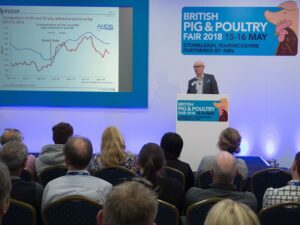 High earners should take advantage of current pension tax relief ahead of potential changes by the Government, warns accountant Old Mill.
High earners should take advantage of current pension tax relief ahead of potential changes by the Government, warns accountant Old Mill.
At present, individuals can claim tax relief on the money they pay into pensions at their marginal rate of income tax. This means higher and additional tax payers can benefit from 40% or 45% income tax relief.
However according to recent reports, the Treasury is considering reducing pension tax relief and redirecting this money to fund the additional £20bn earmarked for the NHS – which could negatively impact high earners, says Stuart Coombe, financial planner at Old Mill.
“Potential proposals could see a move to flat rate pension tax relief, with suggestions of a 25% or 30% tax rate. While this would be good news for most basic taxpayers – who would benefit from a higher rate of relief than they currently do – this would close the more generous relief that higher earners currently enjoy.”
Should the proposals go ahead, the Treasury could save £4bn a year, making it a very tempting offer, he adds.
This is not the first time pension tax breaks for higher earners have come up against scrutiny, with the same measure reportedly considered in 2015 by then Chancellor, George Obsorne.
While making financial decisions based on reports and rumours is never a sensible option, taxpayers should expect further changes as the Government looks to raise finances to cope with the spending required in sectors like the NHS, says Mr Coombe. “It is therefore wise to take this into consideration and make pension deposits at the higher rate while you can and if it fits your budget. If changes are made, they are likely to be instant – once it’s gone, it’s gone.”



